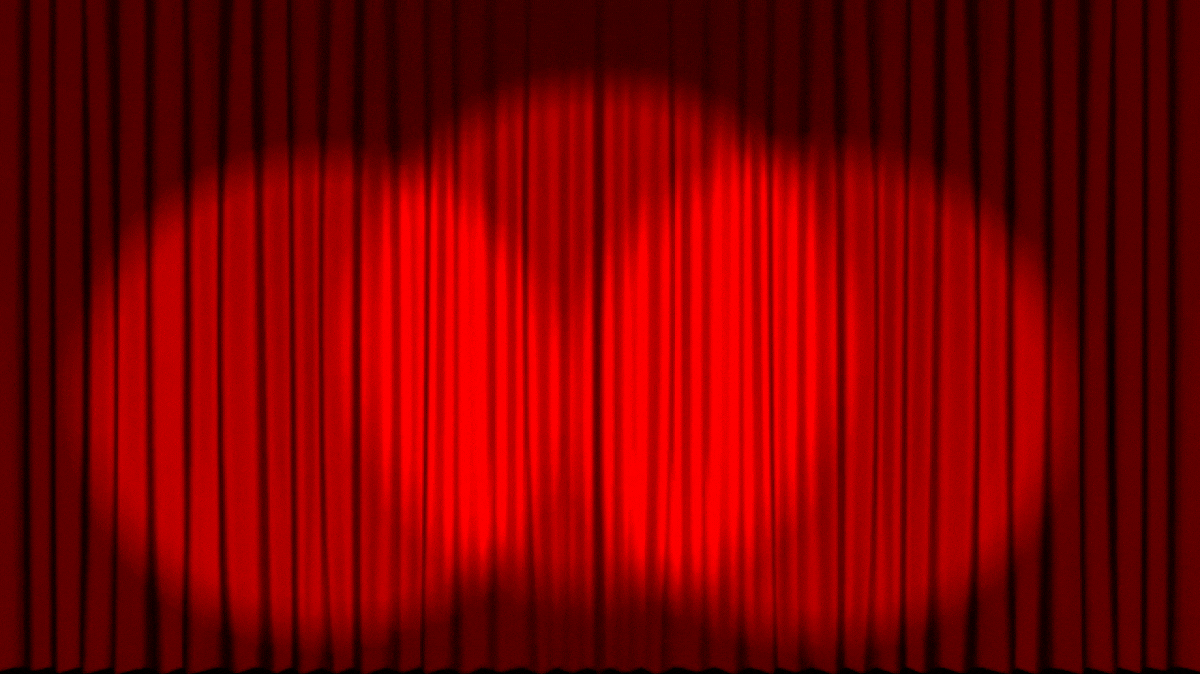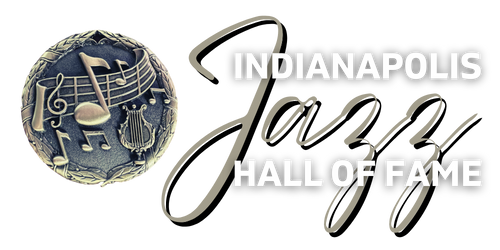
Monk Montgomery
Jazz Bassist
& Pioneer of the Electric Bass Guitar
Inducted into the Indianapolis Jazz Hall of Fame in 2006
William Howard Monk Montgomery
(October 10, 1921 – May 20, 1982)
Monk Montgomery was an American jazz bassist, a pioneer of the electric bass guitar and possibly the first to be recorded playing the instrument when he participated in a 1953 session released on The Art Farmer Septet. He was the brother of jazz guitarist Wes Montgomery and vibraphonist Buddy Montgomery.
Born in Indianapolis into a musical family, Monk had three brothers and a sister. His older brother Thomas played drums and died at 16. Monk gave his younger brother Wes (born 1923) a tenor guitar when Wes was 11 or 12. The youngest brother, Buddy (born 1930) played piano and later took up the vibraphone. Their younger sister, Ervena (Lena), also played piano. Monk himself did not take up the double bass until he was 30, after hearing one of Wes' groups perform.
The three brothers released several albums together as the Montgomery Brothers and also played together on some albums credited to Wes. Buddy and Monk recorded many albums together in their group The Mastersounds.
Monk Montgomery is perhaps the first electric bassist of significance to jazz, taking up the Fender Precision Bass in 1952 or ‘53, after replacing Roy Johnson in the Lionel Hampton Orchestra. He said his biggest influences as a bassist were Jimmy Blanton, Ray Brown, and Charles Mingus. Monk played electric bass with his thumb (brother Wes played electric guitar with his thumb as well) and adapted his jazz playing from double bass to electric. In the 1960s, he took up Fender Jazz Bass, playing with a felt pick.
His professional career did not start until he was 30, working in a foundry and playing gigs on upright bass at night. Wes worked for vibraphonist Lionel Hampton from 1948–1950, Monk then worked for Hampton around 1952–1953, with Hampton insisting he play the Fender bass, and not an upright. Monk's recordings with The Art Farmer Septet on 2 July 1953, arranged by Quincy Jones, are possibly the earliest studio recordings of the electric bass, and display his facility with walking bass lines, bebop melodies, and Latin-style ostinato. Chuck Rainey said that Monk was the first electric bassist to record, in any genre.
Monk toured and recorded in Europe with Hampton in late 1953. After that he worked briefly with the Anthony Ortega Quartet in Los Angeles, and then with his brothers in the Montgomery-Johnson Quintet in Indianapolis (with Alonzo "Pookie" Johnson, sax, and Robert "Sonny" Johnson, drums). In 1955 he moved to Seattle to form The Mastersounds from 1957 to 1960. The Montgomery Brothers reformed and made a series of albums in 1961. In 1964 and 1965, Montgomery performed on two albums by The Jazz Crusaders, and members of that band would go on to produce and play on his first two solo albums. Later, from 1966 to 1970, he freelanced with vibraphonist Cal Tjader and continued to play where he settled in Las Vegas, Nevada, with The Red Norvo Trio until 1972. Between 1969 and 1974 he released four solo albums.
In 1970, he recorded in Los Angeles with South African trumpeter Hugh Masekela. In 1974, Montgomery toured South Africa with a group including singer Lovelace Watkins, and Montgomery recorded his final solo album Monk Montgomery in Africa...Live! in Soweto. In 1976, he served on the Jazz Advisory Panel for the National Endowment for the Arts with Benny Carter, George Russell, Muhal Richard Abrams, and others. In 1977, he helped organize the inaugural Maseru Music Festival in Lesotho which featured Dizzy Gillespie, plus students and staff from Rutgers University and local musicians. In his final years he was active in the Las Vegas Jazz Society, which he founded, he also presented a local radio show. In 1981, he became the founding president of the Western Federation for Jazz.








